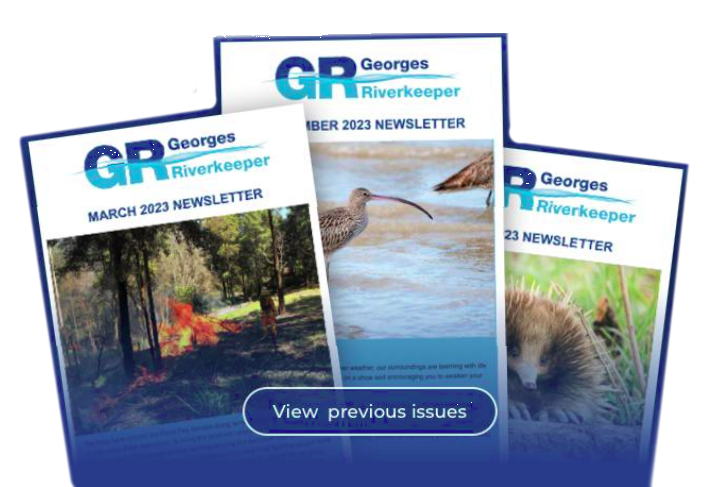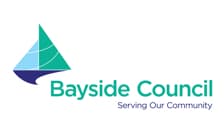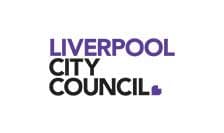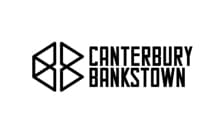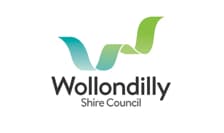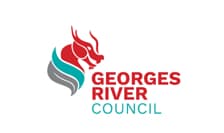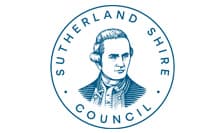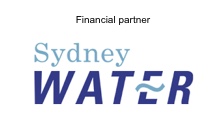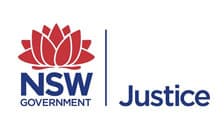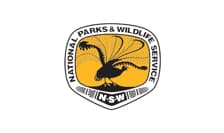A shared responsibility
Various agencies are responsible for managing different parts of the Georges River and they each implement initiatives to counter the damaging effects of pollutants. But, it is also important to know that reducing pollution is a shared responsibility. Everyone can contribute to a cleaner Georges River. Government agencies (mainly local Councils and State Government) contribute to reducing pollution through providing disposal facilities and recycling programs, regulations and enforcement, education, and infrastructure that can filter some of the pollutants picked up by stormwater.
Make the most of your local Council’s services
The easiest way to reduce pollution in the Georges River is to take personal responsibility for keeping it from entering our drains and waterways, by using facilities provided for disposal of pollutants. Councils regularly collect household litter and provide bins on streets and in parks. They also do periodic kerbside clean-ups, chemical cleanouts (e.g. for disposing of old paint, motor oils, car batteries, etc.) and offer services for electronic waste. Search your local Council’s website to see what services they offer.
Regulations
Regulations to prevent water pollution have improved in New South Wales since the introduction of the Clean Waters Act in 1970. The types of water pollution originally included in that Act are now largely covered under the Protection of the Environment Operations Act 1997, but other Acts covering the different types and activities likely to cause water pollution have also been introduced. Briefly, it is generally an offence to place material in a position allowing it to flow into local waterways and cause water pollution, with the exception of some licensed activities that must then comply to the conditions of their licence (e.g. mines in upper Georges River catchment). Tier 1 offences are the most serious, involving wilful or negligent disposal of waste that causes harm to the environment, with penalties up to $5 million and 7 years prison. Conversely, Tier 3 offences are dealt with by on-the-spot penalty notices, which can be for up to $4,000 for individuals or $8,000 for corporations.
It’s likely that most pollution isn’t maliciously intended to cause harm to the Georges River. But, to be effective in preventing harm, regulations need to be enforced. This is done to encourage changes in behaviours. Along the Georges River, enforcement is usually done by the NSW Environment Protection Authority (EPA) or local Councils. Enforcement officers cannot be everywhere at once and the public can help with enforcement by reporting pollution incidents.
Removing pollution
Once pollution has entered the river it’s very hard to remove most of it. Most (>90%) of the pollution in the Georges River enters through stormwater. Stormwater is not treated before it enters the Georges River, so everything that goes into the gutter is destined to enter the river.
The first step in pollution removal are the Stormwater Quality Improvement Devices which include gross pollutant traps, sediment traps and litter booms to capture and remove large particles floating in water. Much litter (mainly plastics) gets caught along shorelines. Each year, Georges Riverkeeper coordinates a program with NSW Department of Justice - Corrective Services and removes approximately 100 tonnes of litter from along shorelines. There has been a notable reduction in the amount of littered plastic bottles being picked up by us since the introduction of the Return and Earn Container Deposit scheme. Before they could be returned for a cash refund under the Return and Earn scheme, it’s estimated that 68,000 plastic bottles were littered in the Georges River catchment daily!
A higher level of pollutant removal includes slowing down flows and removing dissolved pollutants (e.g. nutrients) from water before it enters waterways. This is called Water Sensitive Urban Design (WSUD) which is a relatively new approach to the planning and design of urban areas, with the objective of using stormwater as a resource, rather than a nuisance that is discharged down drains and causes harm to rivers. WSUD includes rainwater tanks and raingardens to capture and productively use rain water close to where it falls, and wetlands, sediment ponds and swales can be used at a larger scale to filter stormwater before it enters rivers. Councils across the Georges River catchment are applying WSUD to reduce pollution entering the river.
You can reduce pollution in the river:
- Put cigarette butts and other litter in the bin
- Recycle plastic bottles, cans and bags
- Place grass clippings and other garden waste in green bins
- Pick up pet droppings
- Wash cars on the grass
- Keep all liquids except water (e.g. paints, turps, solvents and oils) away from gutters
- Capture sediment before it enters drains
- Report stormwater pollution to EPA, Sydney Water or your local Council
Report pollution
- For emergency stormwater pollution incidents, e.g. water coming out of a drain looks polluted, toxic or foaming, or for a very serious spill on the river that is likely to cause severe environmental damage or poses a risk to human health, call Fire and Rescue on 000.
- For sewage leaks and overflows, call Sydney Water on 132 090.
- For dead fish or animals in the river or large amounts of illegally dumpled waste (over two trailer loads), call EPA on 131 555.
- For smaller amounts of illegally dumped waste, call your local council.
- Refer to our report it webpage.

